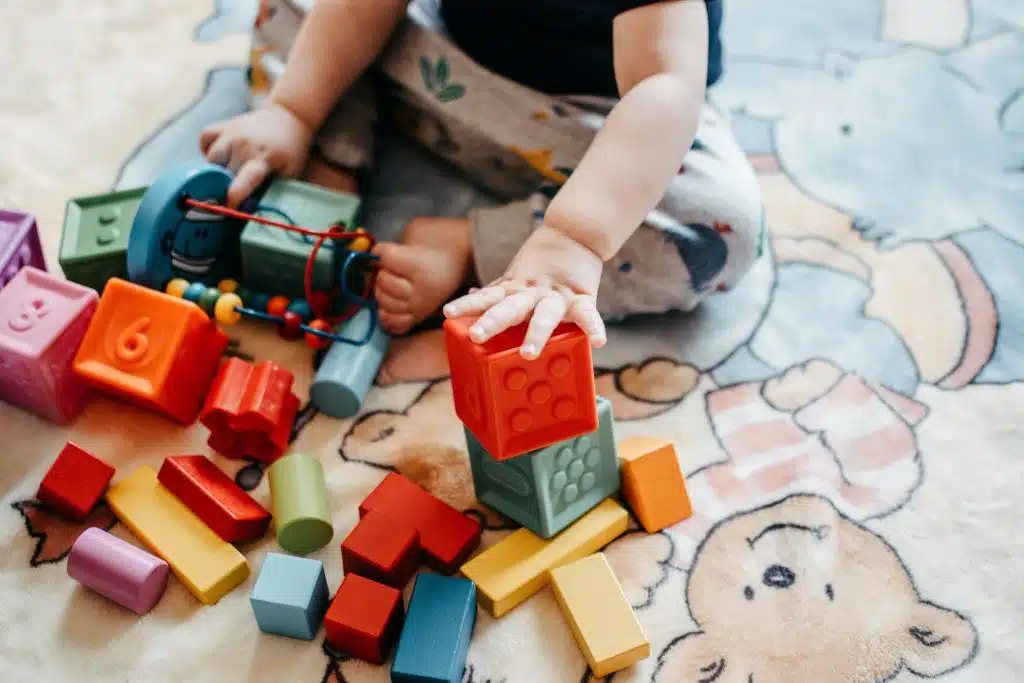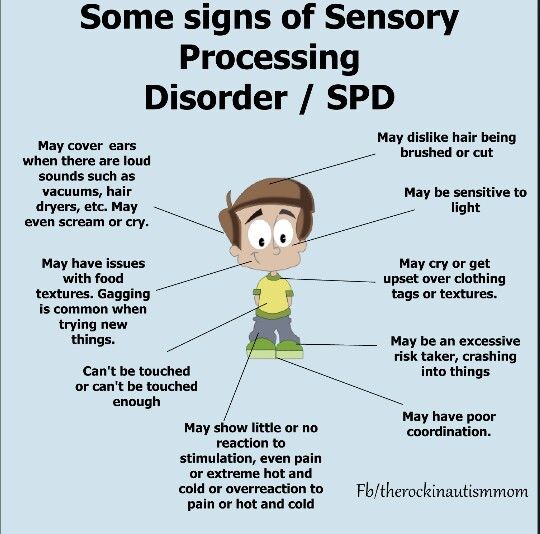Caroline was walking along the park path next to her five-year-old son, Alex, when suddenly a nearby car alarm went off. The loud and repetitive honk shook Alex’s frame to the core, traveling through her senses like a shockwave. He dropped to the ground in tears and covered his ears, completely overwhelmed.Our bodies are constantly communicating to our brain the things that we are feeling and seeing, hearing and experiencing. But have you ever stopped to think about what would happen if our brains did not interpret that communication properly?
Signs of Sensory Processing Disorder
This actually happens quite a lot! In fact, in the general population, at least one in twenty people may find themselves affected by something called sensory processing disorder. Amelia is one example. But what on earth is sensory processing disorder? Keep on reading! We are about to dive into exactly what this interesting disorder is, what it looks like, and how to respond to a diagnosis of it.
What is Sensory Processing?
Before we jump into what sensory processing disorder is, we have some basics to cover. Remember the five senses? Okay, now forget that, because there are actually eight senses that may be affected by sensory processing disorder. I know, mind-blowing, right?
There are the traditional five senses:
- Taste
- Touch
- Smell
- Sound
- Sight

But there are also three integration sensory systems:
- Vestibular System (body movements)
- This is the sense that helps with things like balance, attention, and coordination.
- Proprioception (body awareness)
- While vestibular refers to the way we interpret where our entire body is in space, the proprioception sense is how the brain understands the energy between body parts. It helps maintain posture and motor control.
- Interoception
- This is the sense that helps with awareness of the basic functions happening in the body. It helps people become aware of feelings like hunger and the need to go to the bathroom.
Sensory Processing Disorder (SPD) Explained
Anyone’s brain can get occasionally confused or overwhelmed by the amount of sensory information it is taking in from these eight senses. This is essentially what is happening to someone with Sensory Processing Disorder (or SPD). The difference is that they tend to experience it on a regular basis, and it affects their day-to-day living. SPD is a neurological condition that interferes with the process of the brain receiving messaging from the senses. Basically, there is no longer a filter that helps it separate what sensory information is important and what is not.
There are actually two particular types of sensory processing challenges:
- Hypersensitivity
- Kids who experience hypersensitivity are often overwhelmed by senses, so they will try hard to avoid anything that involves their senses too much. This can look like overreacting to someone knocking aggressively on a door or wearing a very itchy sweater. Sometimes, it can lead to sensory overload.
- Hyposensitivity
- Hyposensitivity is when someone is under-sensitive to certain stimuli. Many kids with this will actually seek out sensational experiences (this is called “sensory seeking behavior”) This could look like jumping off of tall things or liking their morning oatmeal scalding hot.
Sometimes, people have a combination of both. They will seek out certain sensations but avoid others at all cost. Sometimes only one sense is affected, while other times people have a sensitivity across multiple senses. It affects

Signs and Symptoms of SPD
Because SPD can affect people so differently, the symptoms can look unique according to the individual diagnosed. However, here are a few things to watch for as explained by The Warren Center:
For people who are hypersensitive, they might:
- Appear to be extremely clumsy
- Squint at or avoid a lot of light
- Avoid hugs
- Be sensitive to certain foods
- React aggressively to scratchy clothing
For people who are hyposensitive, they might:
- Have trouble sitting still
- Not recognize personal space
- Chew on unusual objects
- Seek out visual stimulation from things like technology
- Have difficulty sleeping
While these are all possible examples, it is important to remember that everyone with SPD has different levels of and types of symptoms.
What Causes Sensory Processing Disorder?
According to STAR Institute, the cause of this disorder is still relatively unknown. However, many researchers theorize that it results from a series of prenatal, environmental, and genetic factors. Many children on the autism spectrum or who have ADHD often also have SPD, but these conditions do not cause it. In fact, most people with SPD do not also have autism.
Next Steps: How to Respond to SPD
If you are wondering about the possibility of sensory processing disorder, discussing it with your doctor is a great place to start. Many occupational therapists and other health professionals can assess someone for SPD. If diagnosed, many treatment plans include different therapy and diet options.
Understanding SPD is also important when responding to those who may be diagnosed with it. If you know someone who has SPD or are trying to communicate what it is like, remember that many of the reactions of people with SPD are responses to something that is out of their control. They do not do it on purpose.
Things you can do if you or your child has SPD (according to Children’s Home Society of Minnesota):
- Go to an outdoor area with calming sights and sounds
- Find relaxing music to listen
- Keep headphones handy
- Try finger-painting
- Try a weighted blanket to help create a calming sensation
- Focus on deep breathing techniques
Editor’s note: This information is not meant to diagnose or treat and should not take the place of personal consultation, as needed, with a qualified healthcare provider and/or BCBA.
This post was originally published on 06/02/2023. It was updated on 12/12/2023.

Goally
We help parents teach their kids life skills, like doing bedtime and morning independently. Backed by science, we incorporate evidence-based practices and expert-informed designs in all of our apps and content.






